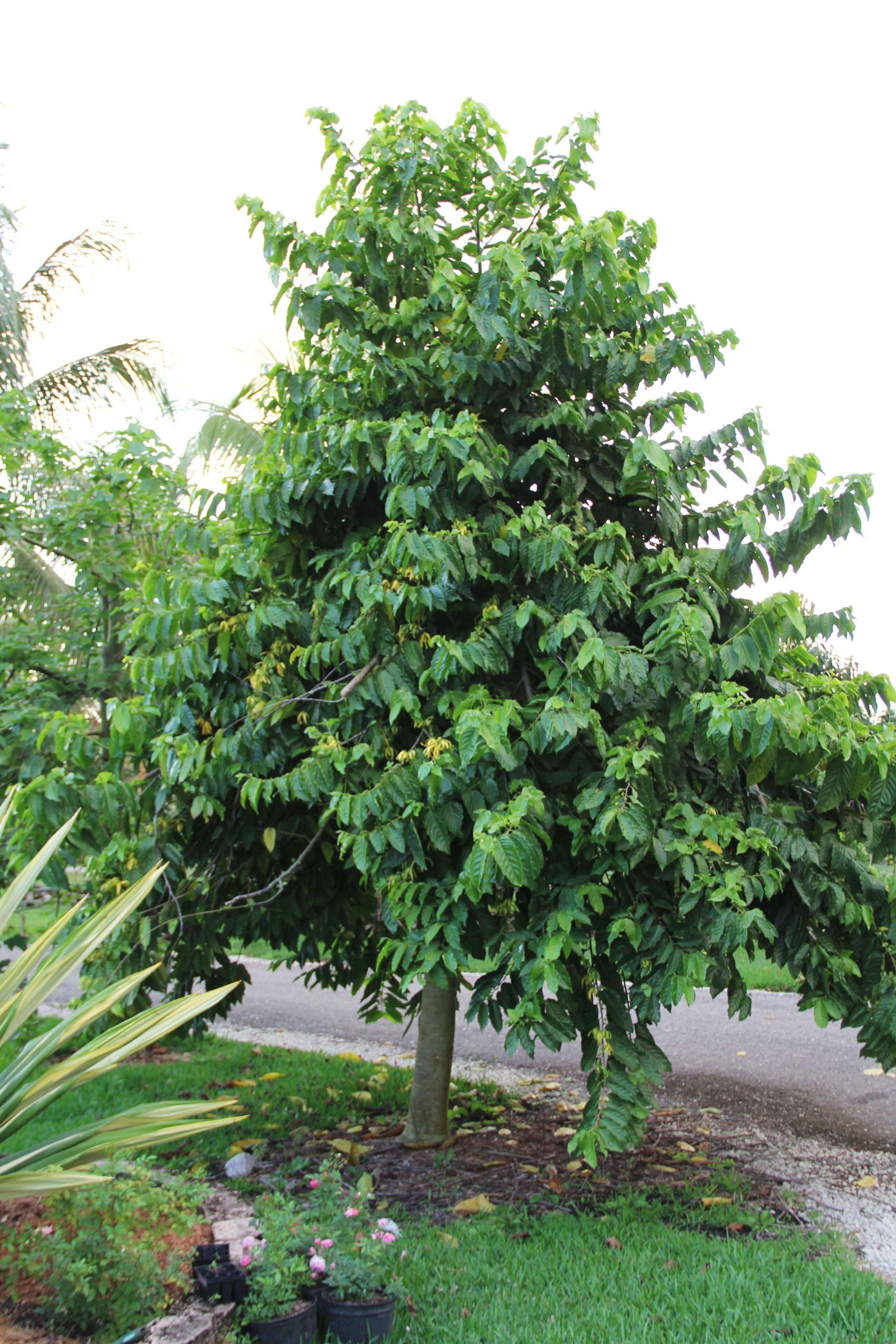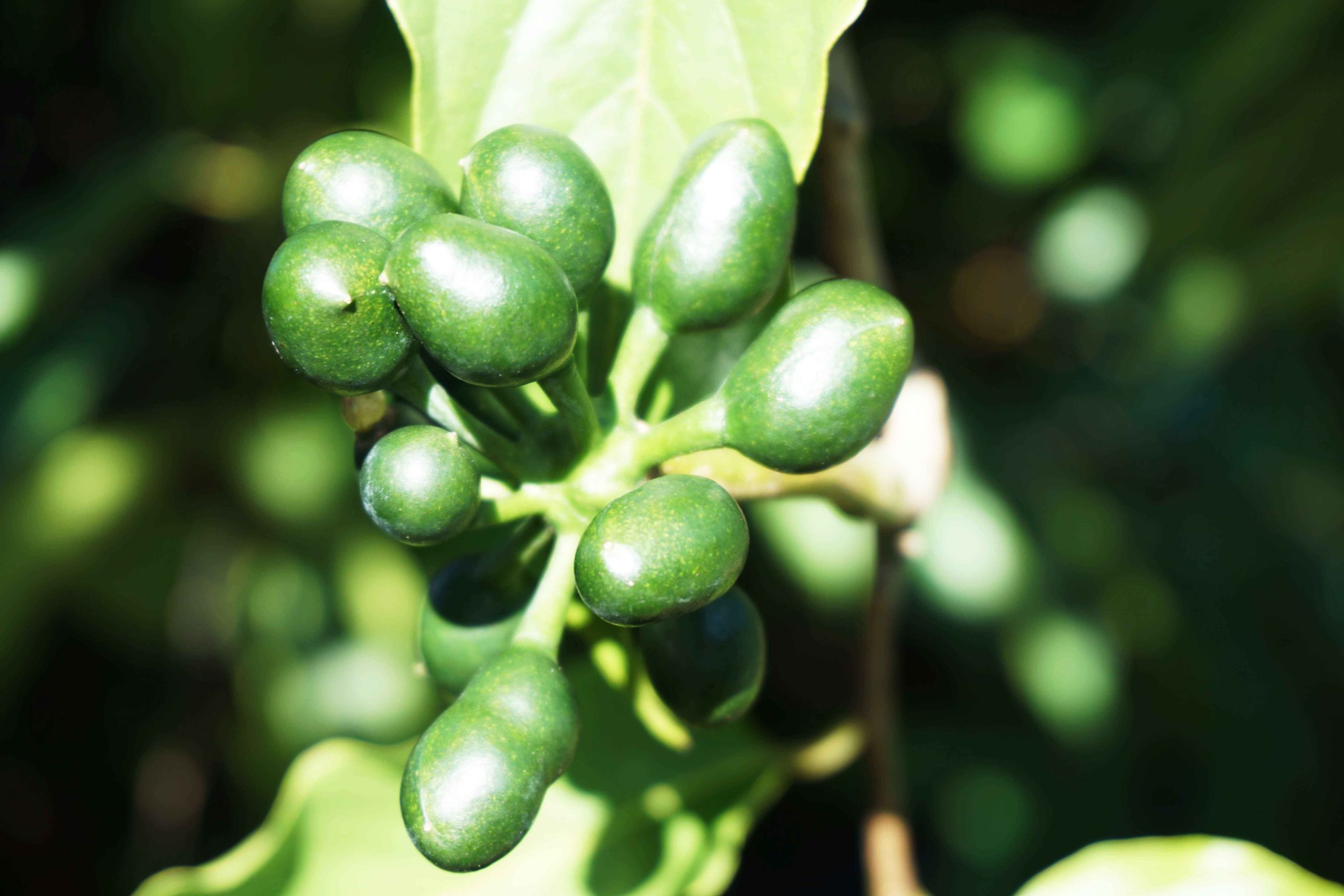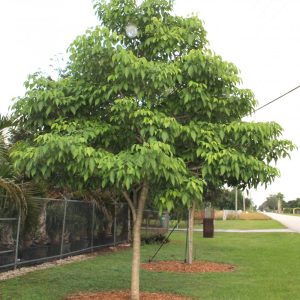Description
Cananga Odorata (Ylang ylang) is tropical tree native to Southeast Asia. Its common name derives from the Philippines. It has sweet aromatic flowers which are a commercial source of an essential oil fragrance. The essential oil is an ingredient in soaps and perfume. In addition, it is a popular scent in aromatherapy. The tree is self-seeding and naturalizes easily and thus can become invasive.
Cananga Odorata Description
The tree is moderate to large size. Furthermore, it bears long pointed oblong-ovate leaves (6 to 8 inches (20.32 cm)) on drooping brittle branches. Its droopy relaxed leaves give it an attractive but straggly appearance. Also, the gray to silvery bark is smooth. In addition, when the Cananga Odorata (Ylang ylang) reaches maturity at 4 to 5 years, it bears large clusters of up to a dozen greenish to yellowish flowers.
Also, its fruits resemble olives and are borne in clusters. The fruits are bird food. While the seeds serve for propagation purposes. Apart from this, wood has general construction and firewood uses. The tree grows in periodically wet soils; and has no reported pest or disease problems.
Landscaping Applications of Ylang Ylang Tree
In the commercial industry, Ylang Ylang tree serves to provide flower oil. While in landscaping, it has various applications. We recommend you use Ylang Ylang as a small shade tree, or specimen tree. Place it in courtyards parks, or other open areas (large conservatories). Ylang ylang flower fragrance can perfume an entire garden and is also ideal for large planters.
🌳Other popular and beautiful plants: Green Buttonwood.











